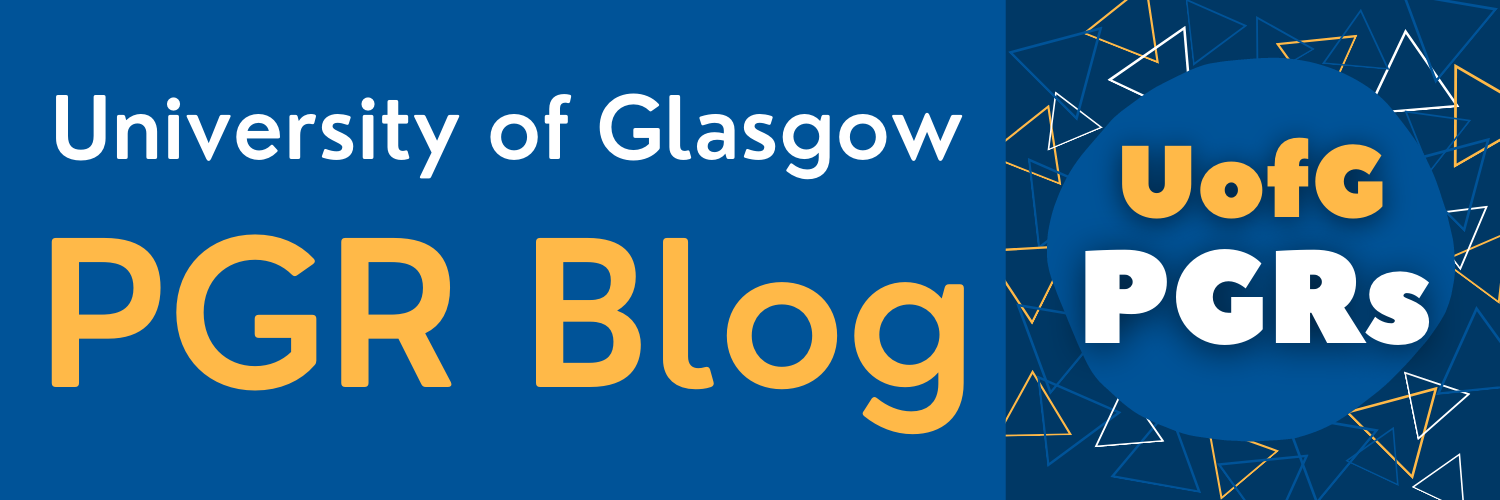Research posters – only for ‘science’ topics?
What distinguishes posters from other typical academic communication is their use of eye-catching visual and design features that enable research to be quickly and effectively understood for multiple audiences. Having studied both law and psychology, something I have observed is how using posters as a means of presenting your research is something much more popular for ‘science’ topics such as psychology rather than more ‘theory’ based topics such as law. For the first time last year, the School of Law at the University of Glasgow introduced an annual poster event for research students. Attending a trial poster design workshop targeted at law PGRs to help prepare for this event this year, I realised that although it might seem difficult at first to present theoretical research in a visual way, there are good reasons to do this:
Many disciplines are embracing poster sessions at conferences
Whilst initially dominant in the scientific disciplines, increasingly all conferences include sessions for both speakers as well as poster presenters. The recent inclusion of a poster event at the School of Law is a case in point.
Presenting a poster may be less nerve-wracking
Image credit to rawpixel on Unsplash
For some of us, talking in front of an audience for ten to fifteen minutes about our research, particularly if it’s one of the first conferences we’re attending, can be a scary thought. Coming armed with a poster, speaking to a maximum of a few individuals at the same time can be a gentler and less formal introduction to presenting research.
Posters are not only useful for academic conferences
Posters are suitable not only for academic conferences but also a great way to engage with wider audiences, from policy groups to the general public. This can increase your research impact. Having a poster at hand means that you can be prepared for a variety of situations where you may be called upon to present your research.
Creating posters for your research can be easy and fun!
An important component of an academic poster is images or figures. At conferences, poster sessions usually occur during the coffee and lunch breaks and your poster needs to stand out to attract people towards it. This can be achieved through short and engaging titles, as well as interesting and communicative images. Whilst it doesn’t take too long to think of suitable images to use for a science poster, from a graph of your findings to an image of the subject matter you are investigating, it seems more difficult to communicate abstract theoretical ideas with diagrams. However, with a little bit of creativity and imagination, there are many visuals suited for representing theoretical research projects that perhaps deal with less statistical data. These can include timelines that chart the main ideas or themes you are exploring, word maps that can quickly convey to your reader the main topics of interest, or infographics and symbols that can illustrate the relationships you are considering within your research.
Visualising your research can be illuminating for yourself
Image credit to Alvaro Reyes on Unsplash
In fact, visualising your research in this way can help you make clearer sense of what you are trying to say and communicate in your thesis. Creating a poster for my own research has made me think more about my research questions and methods, and how to communicate them in a succinct way to an audience that might not be expert in my area. Treating the poster as a living document means that you can keep on updating it with your new findings, making sure that you have a ready document to use for any future conferences which you might want to attend.
So, whatever your research area, posters are a useful way for you to communicate your research. Check out this previous post for some great general tips on how to create a good research poster too!
Feature image credit to: Daniel X. O’Neil





